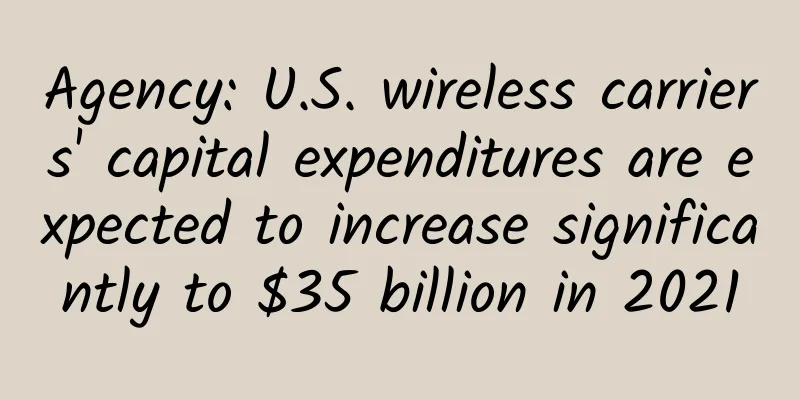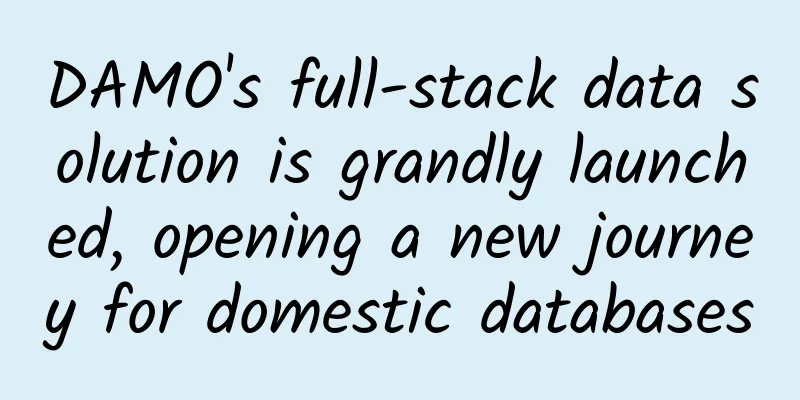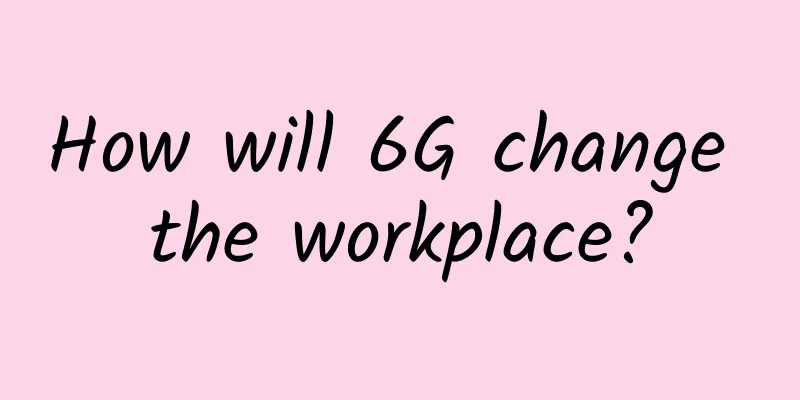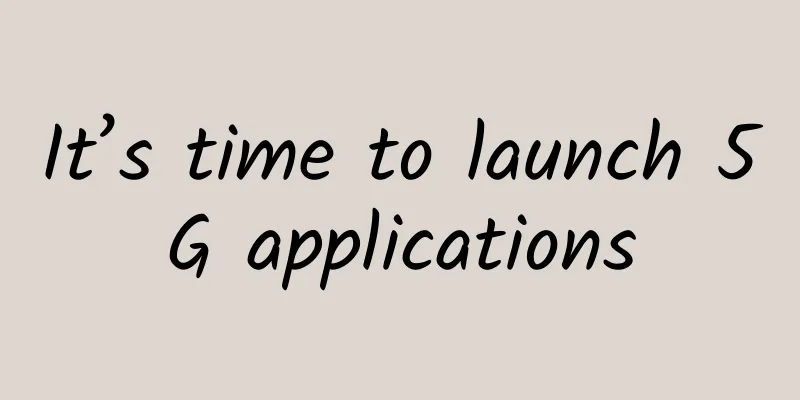Google reports: CBRS deployments doubled from March to April

|
Google says demand for 3.5 GHz Citizens Broadband Radio Service (CBRS) is growing, and CBRS is one of the most frequently discussed topics in the CRE industry. Google recently said demand for the General Authorized Access (GAA), or unlicensed portion of the band, has doubled from March to April.
Between March and April, the CBRS range included 17 Citizens Broadband Radio Service Devices (CBSDs), 48 FCC-certified CBSD models, 70 FCC-certified end-user devices and modules, and more than 1,250 certified professional installers (CPIs). Google Spectrum Access System (SAS) is able to support all hardware. At the same time, Google helped train many installers. "We're very pleased with the deployment and growth of our entire ecosystem," said Preston Marshall, director of engineering at Google. CBRS and Wi-Fi: Can they coexist? As CBRS begins to become commercially available, some have questioned whether it will replace Wi-Fi. After all, there are many places where CBRS could conceivably be used, with Wi-Fi already providing coverage for guests at airports, college campuses, and sports and entertainment venues. Google sees CBRS as a complement to Wi-Fi, not a replacement. CBRS mid-band and LTE can help pick up the slack where Wi-Fi might not be able to provide a good connection. “We take mobility for granted, but handoff is a difficult problem, and LTE is a proven solution,” Marshall told FierceWireless. “We see demand in places where robots and autonomous vehicles need to move around, such as warehouses, distribution centers, or farm fields. These devices need to be connected all the time.” Factories are where Google believes LTE and CBRS can provide better quality of service. When it comes to safety, every second counts, and if the connection is strong, it's much easier to shut down a robot in a dangerous situation. In addition, with LTE, remote video monitoring is more effective. CBRS also has a longer range than Wi-Fi - businesses that need coverage in large distribution centers can be better served by CBRS. Businesses can place radios where they are needed without the need for a third party. Google Spectrum Access System Meanwhile, Google's suite of services has been certified for spectrum access system administrators. The company's system has an environmental sensing capability (ESC) network that can manage access to spectrum. The system also provides online network planning as well as training and certification for those who want to become CPIs. About CBRS Technology CBRS (Citizens Broadband Radio Service, also known as OnGo), an extension of LTE, aims to provide a new band of spectrum using less crowded spectrum, which is of great significance for mission-critical IoT applications. The spectrum of CBRS shares a three-layer structure with the carrier LTE and the continuous spectrum of 150MHz bandwidth from 3550 to 3700MHz, as shown in the figure below): CBRS allows large companies to create a secure private LTE network instead of Wi-Fi to run enterprise-level or site-specific applications with custom applications on employee mobile devices. Mining companies can also use the same technology to manage employees in a large region. CBRS can also be used to provide full coverage in buildings for various facilities through private networks with specific customized features (such as enhanced security design). In short, CBRS makes private LTE networking feasible, independent of wireless operators, low-cost and low-complexity. For wireless operators, CBRS expands capacity without having to perform complex operations like Wi-Fi shared spectrum, and its 10MHz channels can use CA (carrier aggregation) to increase data rates. They can also use unlicensed GAA frequencies to transmit signals and data traffic. In both cases, the network quality provided by LTE-based solutions is better than Wi-Fi. |
<<: Discussion on Nginx "thread pool mode"; performance is said to be improved by 9 times
>>: 230,000 new cases every day: How they are "used by 5G"
Recommend
Three things you need to know before embarking on the journey of becoming a data scientist
【51CTO.com Quick Translation】 Currently, the indu...
Why does TCP use three-way handshake? Can't two or four-way handshakes work?
The TCP protocol needs three handshakes to establ...
CloudCone: $1.99/month KVM-768MB/15GB/3TB/Los Angeles MC Data Center
CloudCone's 2021 flash sale has started again...
Byte side: Can TCP and UDP use the same port number?
Hello, everyone, I am amazing. Today I saw an int...
The three major operators secretly cut 5G prices. Users: The private 9-yuan package is still more attractive
According to customer service, the 5G network tra...
How did the maximum distance of network cable data transmission reach 100 meters?
The maximum transmission distance of a network ca...
CMIVPS June Promotion: 20% off for monthly payment and 50% off for annual payment for Hong Kong high-bandwidth VPS hosting
CMIVPS is a foreign hosting service provider esta...
Four questions about 5G: Internet speed is 100 times faster and everything is connected
Since last year, there has been an increasing amo...
"Number Portability" has been officially launched! Netizens complain: The operators are full of tricks!
Some time ago, the Ministry of Industry and Infor...
Say goodbye to manual editing: How to quickly create an Ansible hosts file with Python?
In the field of automated operation and maintenan...
2G will be completely withdrawn from the network next year, and there are still 273 million people who have not migrated. The general trend is inevitable.
2G will be completely withdrawn from the network ...
Huawei launches LampSite X indoor digital innovation solution to unleash the unlimited potential of the digital world
[Dubai , UAE , October 11, 2023 ] During the 2023...
Borei Data reshapes APM and sets a new benchmark for IT operations and maintenance
With the rise of new-generation information techn...
An article to understand the wireless connection technology eMTC of the Internet of Things
In 2002, digital communication redefined the tele...
VMISS 30% off: Los Angeles/Japan/Hong Kong VPS monthly payment starts from 3.5 Canadian dollars (≈ RMB 18 yuan)
VMISS is a new merchant founded in Canada. It cur...









